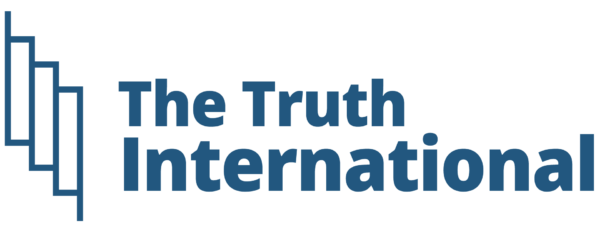In a dramatic escalation of the U.S.-China trade conflict, President Donald Trump announced on Monday that the United States will impose a staggering 104% tariff on all Chinese imports, effective midnight on Tuesday, April 8. This unprecedented move significantly heightens tensions between the two global superpowers and marks the most severe trade action during the ongoing dispute.
The new tariff rate includes a 34% increase previously scheduled to take effect on Wednesday, bringing the total duties to an extraordinary level. The White House stated the measure is a direct response to China’s recent retaliatory tariffs against U.S. goods—actions Trump has described as a breach of earlier warnings.
“This is about fairness,” Trump declared. “We will no longer allow China to take advantage of the United States through one-sided trade deals and manipulative practices.”
The President warned that any further retaliation from Beijing would result in “immediate and substantially higher” tariffs. He also confirmed the U.S. is halting ongoing trade talks with China, opting instead to seek new trade arrangements with other nations.
A Global Warning from the U.N.
United Nations Secretary-General António Guterres weighed in with a stark caution, emphasizing the far-reaching consequences of a prolonged trade war. “Nobody wins in a trade war,” Guterres said. “The greatest harm will fall on the world’s poorest countries, who are most vulnerable to economic shocks.”
No Turning Back: White House Confirms Tariff Timing
At a press briefing, White House Press Secretary Karoline Leavitt affirmed the administration’s commitment to enforcing the tariffs without delay. The duties will take effect at 12:01 a.m. local time (05:01 BST) Wednesday, with no plans for postponement.
Leavitt noted that nearly 70 countries have reached out to the U.S. to explore new tariff negotiations. However, she stressed that any future trade deals will be custom-tailored to prioritize American workers and industries.
She reiterated Trump’s position that China miscalculated by retaliating, adding, “If Beijing is ready to engage, President Trump will be open—but only on terms that benefit the U.S.”
Tensions Within the Administration
As trade tensions mount, internal disagreements have surfaced. Trade advisor Peter Navarro has urged for even tougher measures, while tech billionaire Elon Musk has expressed concern over the potential fallout of escalating the dispute. Leavitt downplayed the tension, brushing off the disagreement as a clash of strong personalities: “boys will be boys.”
A New Phase of Economic Warfare
Trump’s tariff push is not limited to China. The administration’s broader strategy involves discussions with dozens of countries, indicating a wide-ranging re-evaluation of global trade and economic relationships. These talks may expand to include foreign aid and military alliances, signaling a holistic reassessment of America’s international commitments.
As the world watches closely, the full impact of these sweeping tariffs remains uncertain. Economists and policymakers alike are bracing for ripple effects across global markets—and a potentially turbulent new chapter in international trade.










